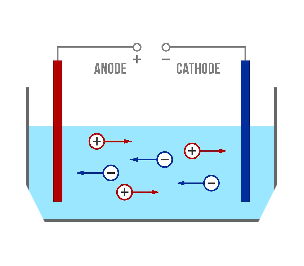Revolutionizing Electric Transportation on Land and in the Air including EVs and Low-altitude UAVs.
The high energy density of graphene solid-state batteries is ideally suited for urban air transportation, representing an exciting emerging market where we can play a pivotal role in shaping industry standards.
_看图王.png)
Graphene solid-state batteries are a type of battery that utilizes solid electrolytes instead of traditional liquid or gel electrolytes. These batteries offer higher energy density, improved safety, and longer lifespans.
The full solid material core ensures the safety and reliability of the product.
High Energy
Utilizes high-content silicon anodes and lithium metal, combined with a graphene-based conductive network to significantly boost energy capacity.
Safety
The graphene-solid-state electrolyte reduces the risk of flammability and leakage associated with traditional liquid electrolytes, improving overall safety.
Longer Life
Graphene improves interfacial stability, helping the battery maintain performance even under high temperatures or rapid charge/discharge cycles.
Cost Savings
Expected to achieve 25-35% cost savings at the pack level compared to conventional lithium-ion batteries, making it highly competitive for large-scale adoption.

High Temperature Resistance
Graphene solid-state electrolytes can maintain stable ion conductivity in high temperature environments, and their thermal decomposition temperature is much higher than that of liquid electrolytes, thereby improving the safety of batteries under extreme temperature conditions.
Reduce The Risk Of Thermal Runaway
Graphene solid-state electrolytes significantly reduce the risk of thermal runaway due to their excellent thermal stability and thermal conductivity.


Optimizing Thermal Management
The high thermal conductivity of graphene solid electrolyte helps to evenly distribute heat inside the battery, thereby improving the thermal management performance of the battery and further enhancing its overall stability.

Cell test data summary table
Cell Type

EV
100Ah

EV
100Ah

EV
100Ah
Room Temperature (25°C)
Energy Density
| Low power C/20 | > 399 Wn/Kg | > 391 Wn/Kg | > 375 Wn/Kg |
| Low power C/10 | 399 Wn/Kg | (= 862 Wh at SOC 30%) | |
| Medium power C/3 | 390 Wn/Kg | 382 Wn/Kg | |
| Medium power 1C | 370 Wn/Kg | 363 Wn/Kg | 339 Wn/Kg |
| High power 3C | 351 Wn/Kg | 344 Wn/Kg | |
| High power 5C | 321 Wn/Kg |
Room Temperature (25°C)
Energy Density
| Low power C/20 | > 399 Wn/Kg | > 391 Wn/Kg | > 375 Wn/Kg |
| Low power C/10 | 399 Wn/Kg | (= 862 Wh at SOC 30%) | |
| Medium power C/3 | 390 Wn/Kg | 382 Wn/Kg | |
| Medium power 1C | 370 Wn/Kg | 363 Wn/Kg | 339 Wn/Kg |
| High power 3C | 351 Wn/Kg | 344 Wn/Kg | |
| High power 5C | 321 Wn/Kg |

